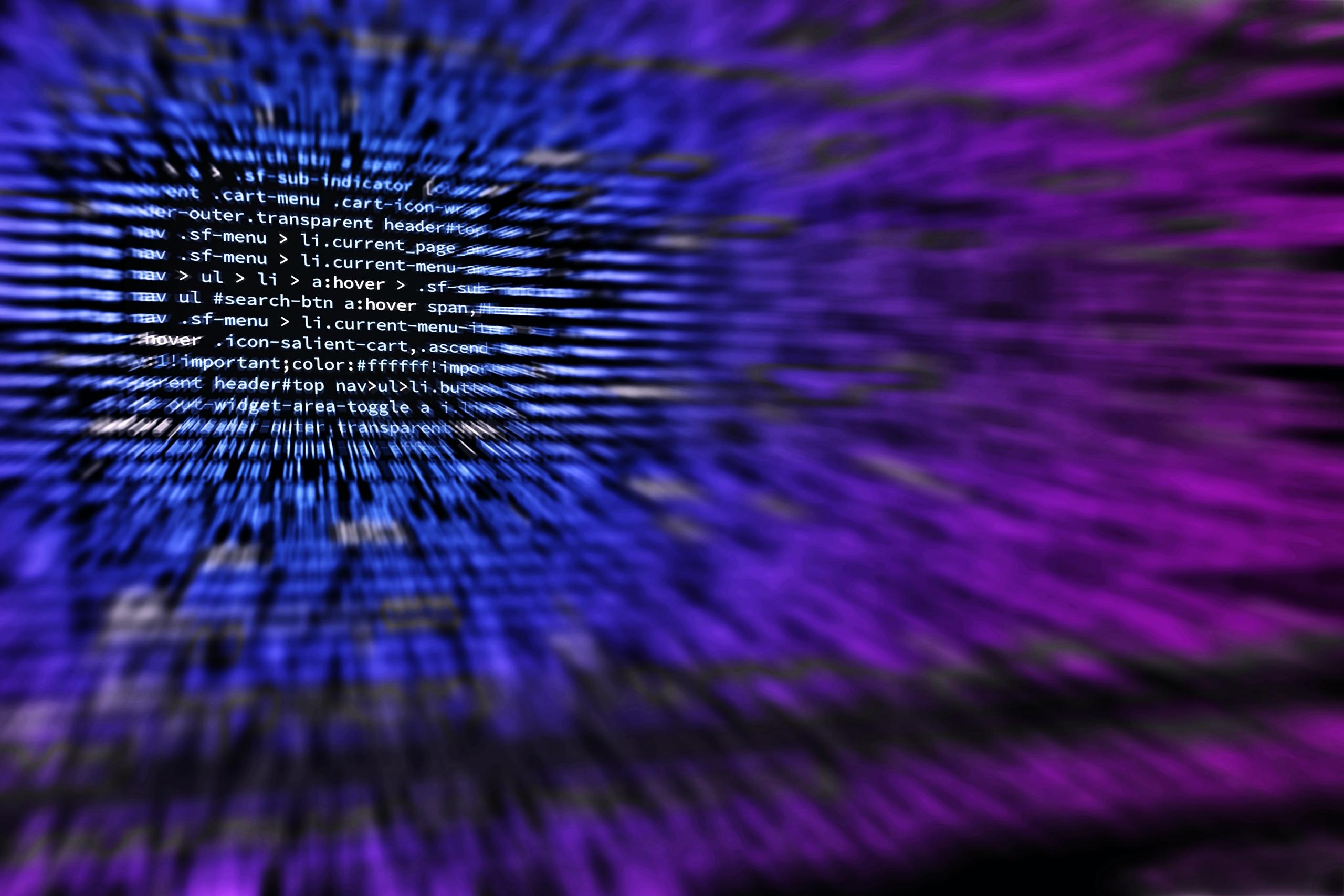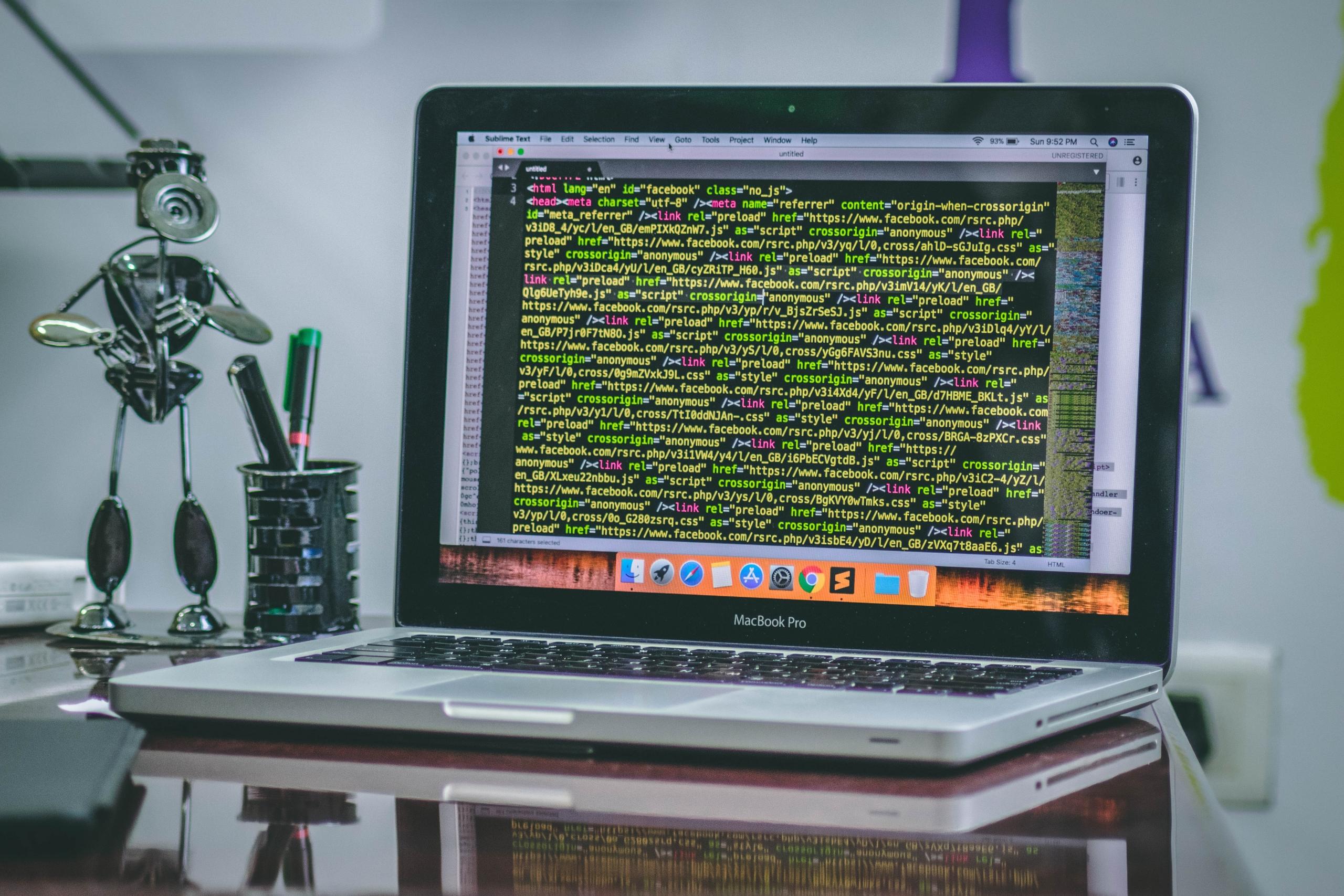Using Python for data analysis has become two sides of the same coin. You could even ask what is data science without the Python applications that have become famous for supporting it. In some ways, Python data science has become like a proper noun.
In fact, the burgeoning field of data science is the reason why Python for data science is one of the most searched terms on Google today. So if you’re asking what is data science, it’s likely that you too will be searching Python data science soon after.
In this article we’ll answer the question, of what data science is, look at how python for data analysis works, as well as point you in the direction of Python applications in general.
Want to give private lessons?
Join the Superprof community and share your knowledge with inquiring and motivated students.
What is Data Science?
How do you tie statistics, data analysis and informatics together?
You call it data science. Even so, there is yet to be consensus on a precise definition of data science. Fundamentally, it remains more of a concept than actual science.
If you're searching Python data science, why not find a Superprof tutor to answer all your questions?
The term data science first appeared in 1962 when statistician John Tukey defined his work as data analysis. His work included several aspects of the data science that is practised today, however, it was not until 1985 that the terminology became official. It took a further seven years for it to be acknowledged as a new research field that combined statistical concepts and principles with computing and data analysis.
When we ask what is data science, it is all of the above.
Take note of the following dates which have important significance in the world of information technology:
- 1962 the first computer program as well as the development of RAM and virtual memory
- 1985: C++ programming language was first published; Media lab was founded by MIT, and Michael Dell, the founder of Dell Computers, established his first company; Nintendo released its NES gaming console which moved gaming from arcades to living rooms. Later this would put Python for computer games on the map.
- 1992: Intel Paragon announces that its parallel supercomputer is the fastest in the world. Paragon was known to be important for crunching all types of data, both statistical and scientific.

Another important year for data science was 1991 which is the same year that the world wide web went public. Computers suddenly became mainstream and provided data scientists with a trove of data, even if its eventual use was yet to be uncovered. Since then, data analysis and collection have never been the same.
Before these developments, data analysts and statisticians had to deliver the goods through an extensive manual process. First, they would gather data and consider which variables and methods to use. They would then gain their insights and finally present a model of processed, interpreted information for whoever commissioned the study.
In those days, just the task of gathering the relevant data was an onerous and monumental task. Computing it took a serious amount of brain power. Today, because of programming languages like Python for data analysis, data scientists have a plethora of data at their fingertips and the kind of computer power that can spit of scatterplots on command.
Today’s data scientists are also embracing the exciting field of machine learning which teaches computers how to improve their algorithms through, for instance, Python applications. This, together with data mining which discovers patterns in large datasets is currently the main direction that data science is moving towards.
Find guidance on the applications of Python here.
The Ethos of Python

In 1990, Sir Tim Berners-Lee hit a major roadblock on the road to making his World Wide Web go live: funding.
The issue was that his code was only used only NeXT computers. Today, it’s a brand that is virtually forgotten even though it was in fact Steve Jobs’s creation which debuted in 1985. Since it did not gain much market share in 12 years, the brand became defunct.
At the same time, other innovators were in the process of building computers that had different operating systems, all of which were compatible with Sir Berner-Lee’s internet code. The problem was that CERN which was the project’s financial backer resisted paying for alternative software versions.
This was when an invitation was extended to all software programmers and engineers – in fact, anyone who knew about programming languages, to write browsers that work on all types of machines. In fact, it was a text-only page that was communicated across the entirety of the existing computer network at the time.
This internet lore is one of the reasons why so many programming languages exist today. The birth of Python applications is a direct result of that mad scramble because its parent language, ABC was successfully released around that time.
This of course, is speculation. Our research failed to find a direct connection between the birth of the internet and the programming language, ABC.
A further reason for so many programming languages is that different languages deal with different aspects of computing. Some emphasise high performance like the applications that are needed in robotics and gaming while others, like JavaScript, are written for specific functions. So where does Python fit in and more specifically, can you use Python for data analysis?
In the beginning, Python was designed out of frustration with the overly complicated syntax of the programming languages in existence at that time. For example, if you were working in C++ or Java and wanted to execute a print command, your code would need to consist of several lines, curly brackets and hashtags.
By contrast, Python’s print command is a single line that begins with the command - for example, print, this is followed by the item that needs printing in brackets and double-quotes.
In a nutshell, Python’s ethos is simplicity.
Indeed, it is known for its statement "Simple is better than complex."
In a further list of principles statements like "Sparse is better than dense." and "Readability counts," sum up the heart of its application. This is just one of the many reasons why data science with Python is a match made in heaven.
Let’s take a closer look at how Python for data analysis has become the favourite child.
Find out how to make the most of data science with Python.

Start learning with this python course here.
Data Science and Python
Python is compatible with several aspects of computing. For example, it’s one of the top three programming languages for web development. Python for data analysis is highly recommended, however, machine learning, robotics and GUI are also where Python applications come into their own.
Of all the fields Python is suited to, data science is the area where it is most widely used. Due to the Python Package Index (PyPI) of almost 300 thousand modules that are called — among them mathematical functions and libraries — data analysis has simply become a matter of plugging in the appropriate module for the desired results.
One particular Python library, NumPy contains extensive solutions for mathematical functions that are written to analyse multiple data arrays and matrices.
Python didn’t originally include any language for numerical coding. However, because of a demand for this type of programming language from the scientific community, that deficit was quickly developed in the early days of the programme.
SciPy, another Python package is particularly beneficial to data science because it focuses on technical and scientific computing. This library boasts linear algebra modules. It also includes modules for interpolation, integration and image processing. Most remarkably, its special functions module is an excellent tool for data scientists because of its vital utilities for varying types of analyses, whether functional or mathematical.
And then, there's Matplotlib. This is Pythons plotting library which is capable of embedding plots into applications through an object-oriented application programme interface (API). That all sounds complex and highly scientific but essentially it boils down to a group of coded computer programmes that, when performing, will render analysed data as a graph, scatterplot, 2D, 3D, line plot or histogram.
NumPy, SciPy and Matplotlib are some of the reasons why data science and Python are so enmeshed. Regardless of whether a data scientist is crunching cosmic data, marketing data, or atmospheric data, these libraries have modules that are capable of analysis that turn out visually interpreted results.
And then, there is pandas, this library written for Python, is designed for both data analysis and manipulation which is an integral part of data analysis. By setting parameters, the data under examination is useful.
Python's vast index of mathematical tools and analytical functions make it a programming language that is indispensable to data scientists of all kinds
Without the assistance of Python applications, data scientists would be snowed under with today’s requirements for huge troves of data.
It is no wonder that the field of data science is one of the hottest career paths to follow today.
Discover more about Python applications here.
Want to give private lessons?
Join the Superprof community and share your knowledge with inquiring and motivated students.





